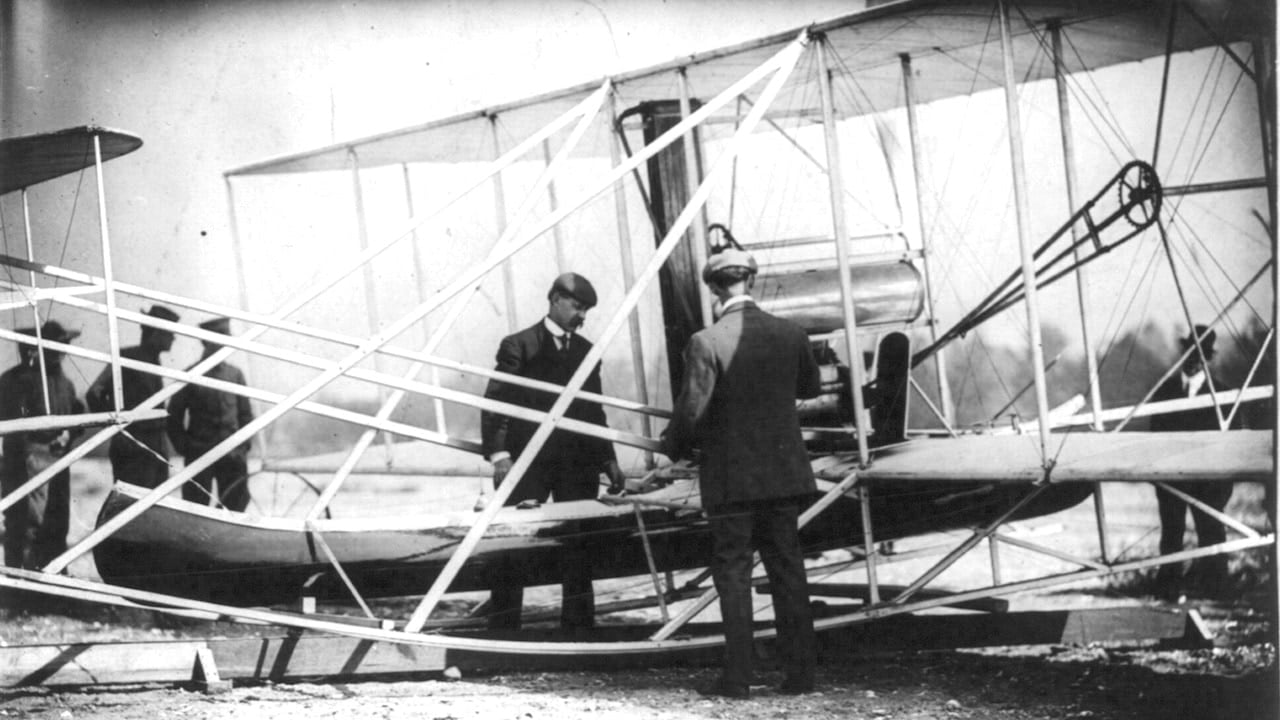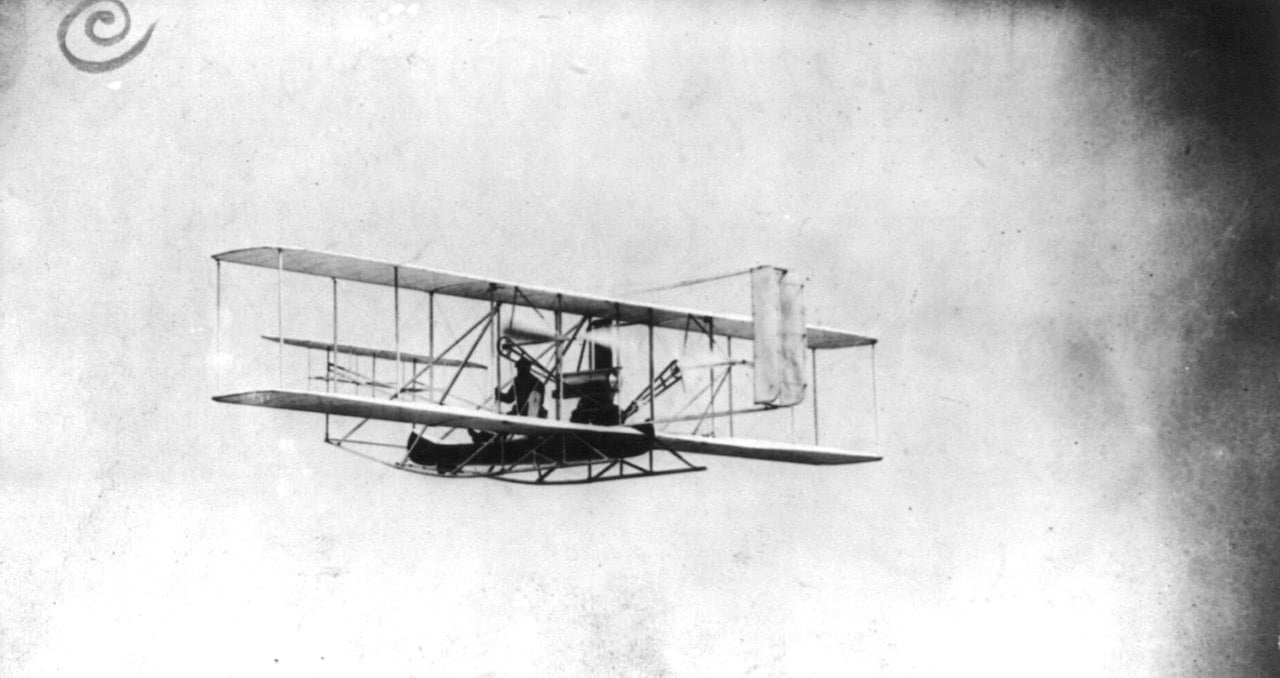Since the dawn of mankind, the dream of flight has been a constant in the imagination of many.
However, it was in the early 20th century that two American brothers managed to fulfil this dream and change the world as we know it. Wilbur and Orville Wright were the creators of the first controlled, powered, air-sustained aircraft, marking the beginning of modern aviation.
In this post, we will explore how these two visionaries made the first flight in history and revolutionised the world we live in today. Will you stay with us for this fascinating story?
Contents




